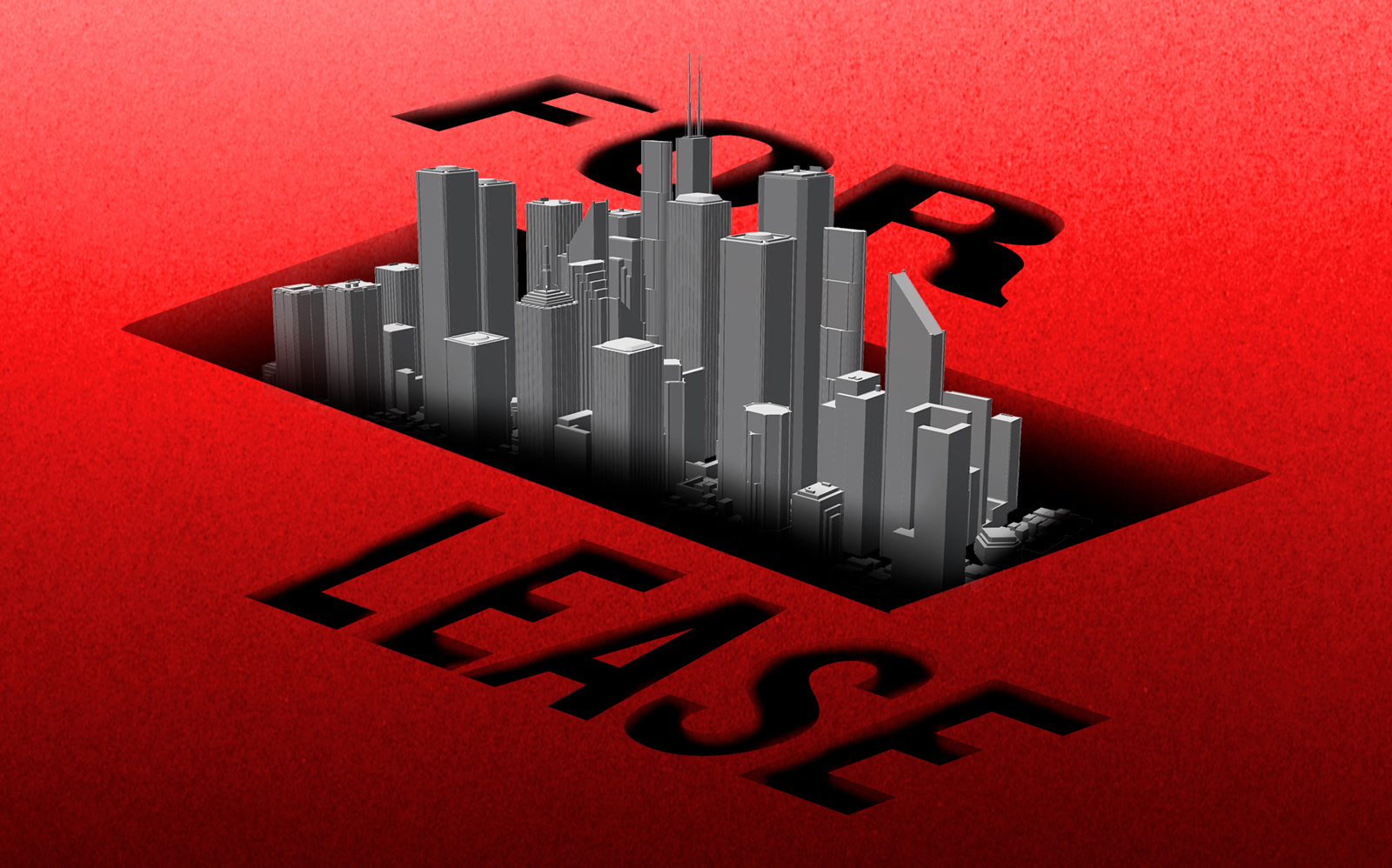The office market is looking at three more years of pain until it turns the corner, according to a new report.
Moody’s Analytics and CWCapital note that long-term leases saved landlords from a mass exodus but downsizing will continue to erode their tenant base. As a result, the rise in subleasing and vacancy and the fall in rents will continue before starting to ease in 2024.
“It is not likely that office space will ‘die’ anytime soon but we are anticipating change — in some places, significant — due to shifts in employer and employee preferences,” the report reads.
Read more



Although subleasing has spiked — jumping 80 percent last year in 83 markets, according to a Cushman and Wakefield study — rents have not plummeted as some feared.
Nationally, the vacancy rate rose from 16.8 percent at the end of 2019 to 17.7 percent by the end of 2020, but national asking rents actually inched up 0.4 percent last year.
In New York City, asking rents fell by 1 percent and effective rents by 2.4 percent — much less than Moody’s Analytics’ forecasted drops of 4.4 percent and 8.6 percent, respectively. Now, Moody’s Analytics predicts a fall of 7.5 percent in the near future, not far from the 8.9 percent plunge in effective rents in 2009, during the financial crisis.
“If the so-called office apocalypse has indeed been cancelled (for now) this does not mean that distress is not present; neither does it mean that there was no distress throughout 2020,” the report said. “The distress was simply very uneven.”
